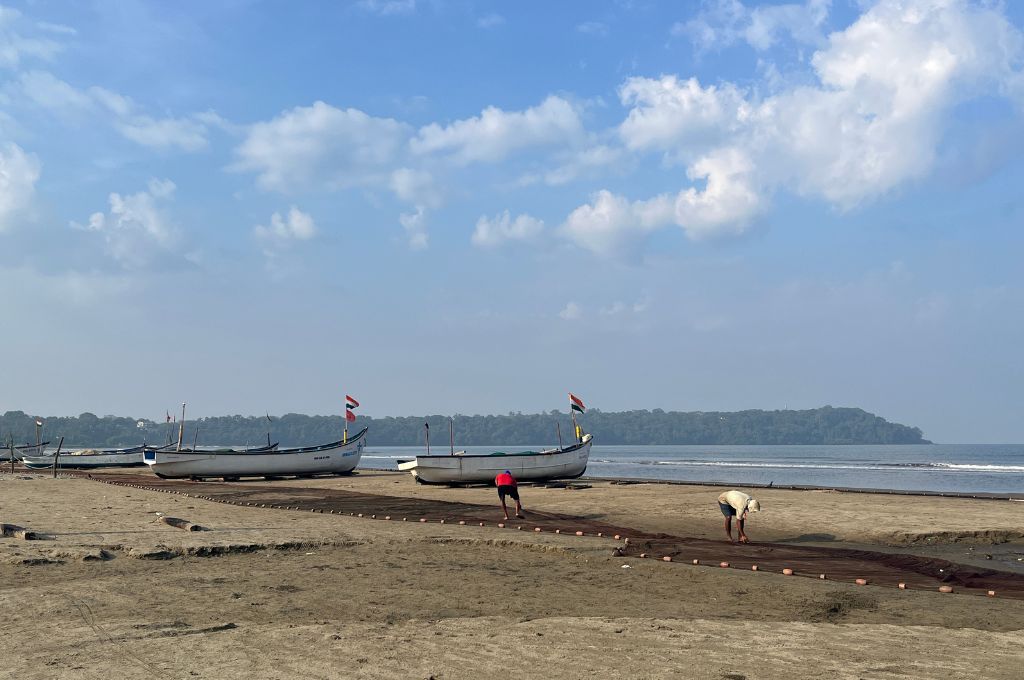Welcome home: A festival for Himachal’s livestock

Pekhari village is located at an altitude of 8,000 feet in the heart of Tirthan Valley in Kullu district, Himachal Pradesh. Like many other villages in the region, the community in Pekhari depends on livestock and agriculture for its sustenance. Given the harsh climatic conditions in Himachal, seasonal migration of livestock has become crucial in ensuring the survival of all animals.
Every year in May, the total village livestock of 700–800 is sent uphill to graze on common lands. Two men from the village accompany the livestock and return in 15–20 days, when another two take their place. This rotation is followed throughout the migration, which lasts till November. “During these months, our gassinis (traditional grazing land) gets the time to grow enough fodder, which is then cut and stored before the winters. This is essential for the livestock’s survival as they can eat this fodder when they return from the hills during the snowfall,” says Sonu, a 22-year-old woman from the village.
When the livestock leaves, people continue other work in the village such as weaving pattu (shawls), sowing crops, beekeeping, and collecting fodder for winter months.
The return of the cattle is celebrated by the villagers. People gather at the entrance of the village and welcome the livestock by clapping and cheering. While counting their cattle, they perform aarti and puja. Doors of the houses are decorated with rhododendron leaves, and sweets called mudi ka laddo (made from maize or corn) are distributed throughout the village. Chanderam, a resident of Pekhari, says, “We celebrate this festival as livestock has historically been the only source of our income. When our livestock comes back from the hills safely and without injury, we welcome them like our children.” This festival is called Katik Khaddu Puja.
However, the increasing loss of common grazing grounds due to expanding construction and deforestation has made this periodic migration longer and more difficult. Communities in the area are also unable to collect enough fodder for the winter months.
Tarachand, a resident of the village who accompanies the livestock for migration, says “Due to the changing climate and low economic value of livestock, some of the villagers are leaving their traditional occupation and shifting to labour work and agricultural farming. Traditional grazing land has decreased with the increase in population. But we continue this practice to hold on to our identity and stay true to our roots.”
Astha Chaudhary is a research scholar studying human–wildlife interactions in Uttar Pradesh. She is associated with the Coexistence Consortium.
—
Know more: Learn how the Raikas are caring for camels in Rajasthan despite a camel crisis.
Do more: Connect with the author at [email protected] to learn more about and support her work.



